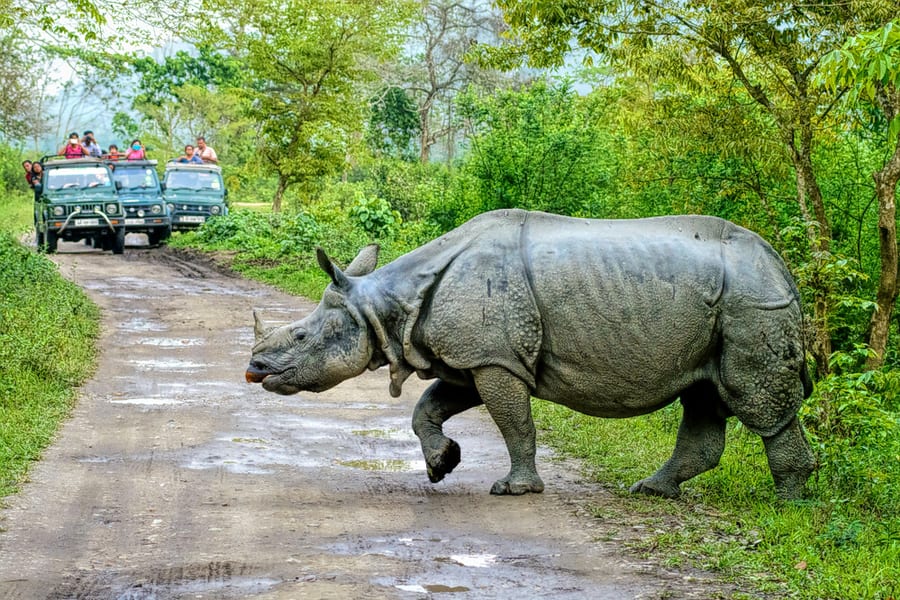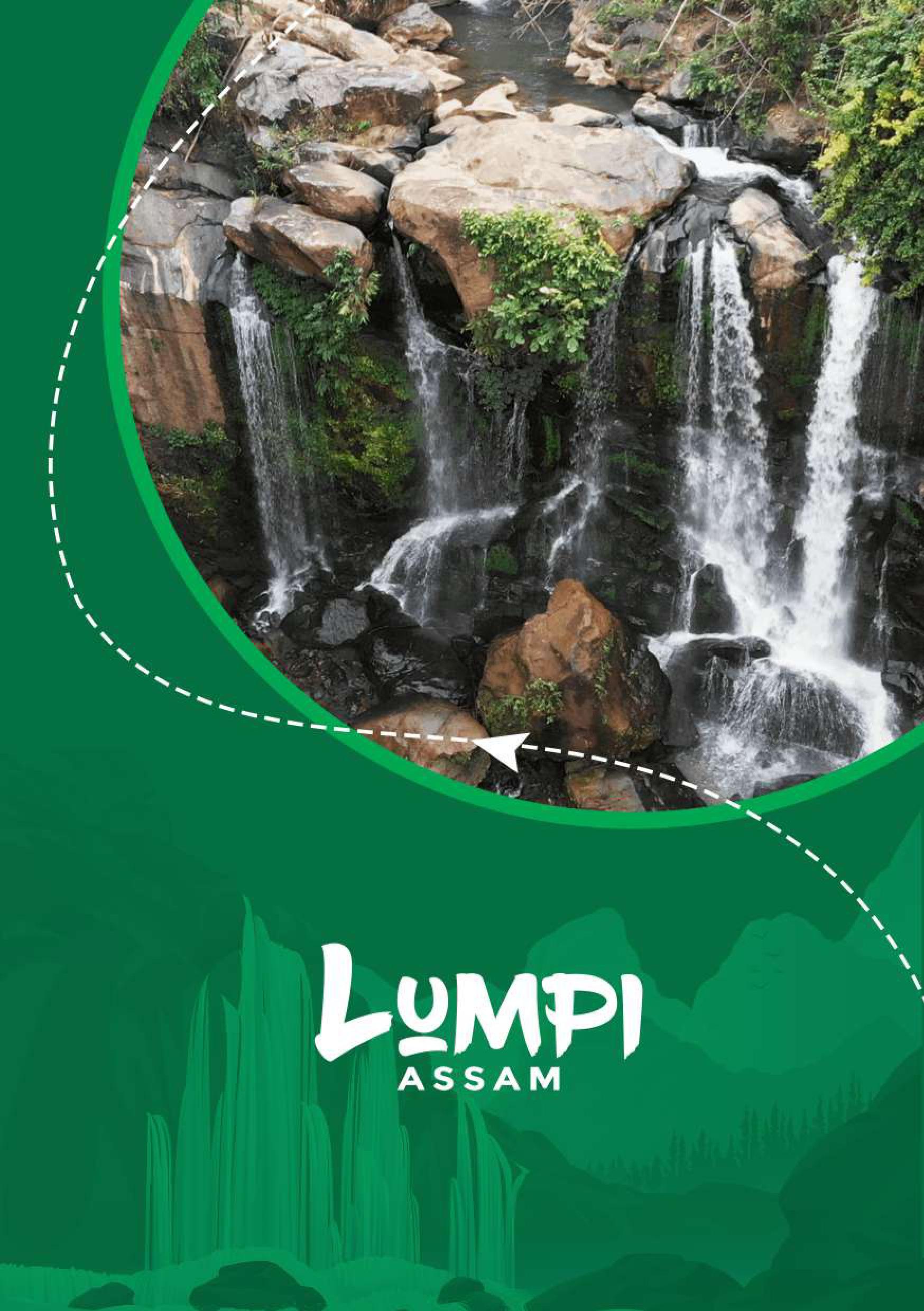Assam
India

Flora & Fauna
ASSAM is a miniature India, a varitable melting pot of diverse races, creeds, cultures and religions making it an anthropologist's delight. Many of the principal races of the world migrated to this region in course of time. But due to its geo-political remoteness, the rest of world know very little of Assam. It is in this state the famous game reserve at Kaziranga is located, where people from the world over come to meet the celebrated one-horned India rhinoceros. Manas is another such location famous for the last bastions of the Golden Languor (now on the verge of extinction). Its tea, of course, is very famous all over the world. The mighty Brahmaputra, the holy temple of Kamakhya, oil fields etc. are few images conjured up whenever Assam is mentioned. Culturally Assamese Bihu and Satriya dances are a part of great Indian national heritage. This state, along with Arunachal Pradesh, Manipur, Nagaland, Mizoram,Meghalaya and Tripura; with which it has close cultural and other affinities; forms the eastern most sector of india, having borders with Myanmar and Bangladesh. Its physical geography is one of the most fascinating in the country, with its extremely rich landscape, endless tracts of dense green forests, its blue mountains, lush grassy plains, and its deep, wide, rapid rivers. Nature is wild and virgin here.
Its beauty has a pristine freshness unmatched elsewhere. The monsoon forests are among the world's richest sources of interesting flora and fauna. Its vegetation is composed of trees and plants which represent all climatic zones from tropical to temperate. The orchids and lilies are of the most enchanting hues. Its wild life includes elephant, tiger, wild buffalo and rhinoceros.
Fairs & Festivals
Assam is a land of fairs and festivals. Most of the festivals celebrated in Assam have their roots in the diverse faith and belief of her inhabitants, but a spirit of accommodation and togetherness characterizes the celebration of all festivals. The perfect fusion of heritage of her numerous races has made Assam the home of the most colorful festivals which are passionate, compelling and mesmerizing reflecting the true spirit, tradition and lifestlye of the people of Assam.
People & Lifestyle
Assam is a mini-India if not more. The human landscape is as colourful as her physiography. This land has been the meeting ground of diverse ethnic groups and cultural streams since time immemorial. Throughout history, people of different stocks have been migrating into this land and merged into a common harmonious whole in a process of assimilation and fraternisation not to be seen much elsewhere in India.
The society in Assam is not just a conglomeration of diverse racial and cultural elements but a composite whole arising out of the integration and synthesis of all of them. Indeed, Assam has been a curious melting pot into which have gone the Aryan and non-Aryan, the tribal and the non-tribal, the indigenous and the exotic, making for a delightful fare with wonderful mixed flavor.
The majority of the population in the plains is made up of Hindus, speaking the Aryan Assamese language. But the Aryan racial strain is prominent only in the upper castes, most of the other other castes are of the Mongoloid stock. The Satras (seat of the religious head Satradhikar) and Namghars (house of Prayer hall) plays an important role in the life of an average Assamese and have acted as religious as well as cultural institutions.
Majority of the tribal groups belong to the Tibeto-Burmese family. The colourful people of Assam consists of Bodo-Kacharis, Rabha & Hajongs, Tiwas (lalung), Misings, Sonowal Kacharis, Deuris, Karbis, Dimasa Kacharis, Rengma Naga, Zemi Naga, Kukis and the Hmars. In Assam, the line between the tribal and the non-tribal is pretty thin and the so-called non-tribal Assamese Hindu society retains many elements, which are patently 'tribal' by orthodox Hindu standards. Castes are not strictly occupation linked, and caste based disabilities are very few.
More than 40 percent of Assam's population is thought to be of migrant origin. During the six hundred years of ruling, the Ahom Dynasty managed to keep the kingdom, independent from Mughal, the Muslim invaders of India before the British, as well as other invaders though Mughal attacked Assam seventeen times. During this era, the Assamese society was exogenous. The British entered Assam in 1824 as tea planters, which was the starting point of the destruction of Ahom Dynasty.
The fairs and festivals in this sparsely populated state are essentially an opportunity for people from far and wide to converge and see the culture of the land.


